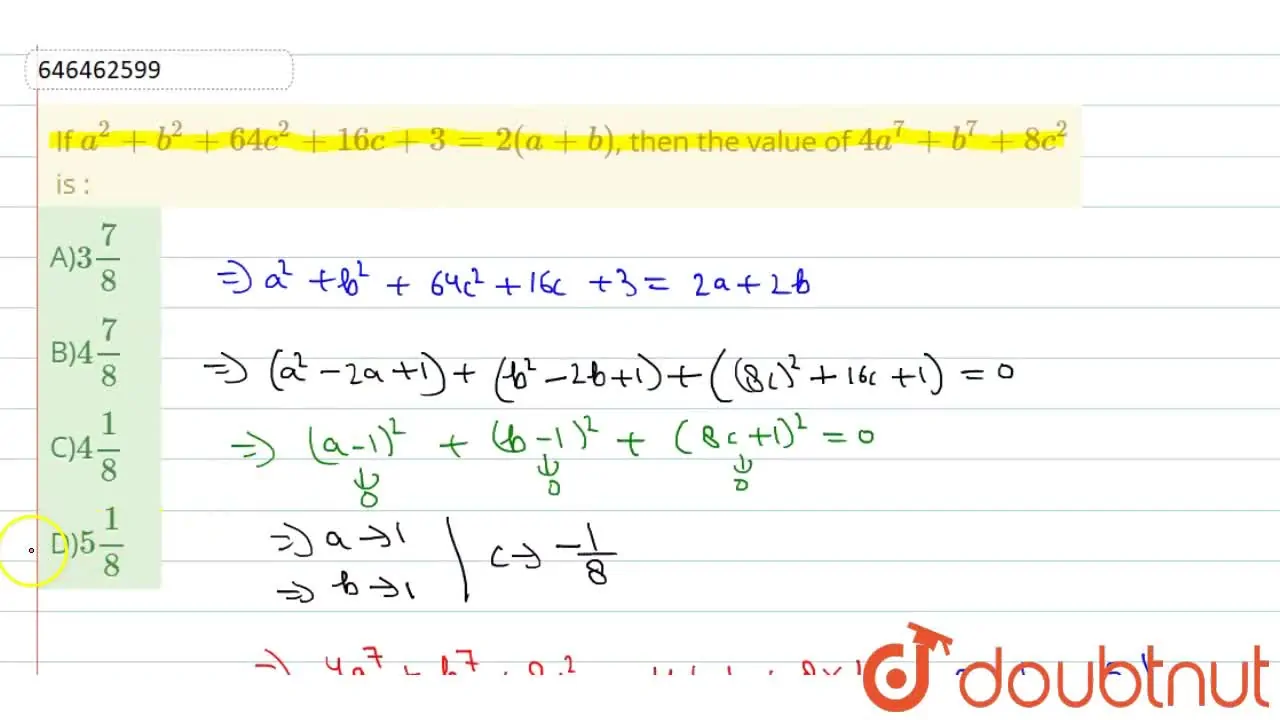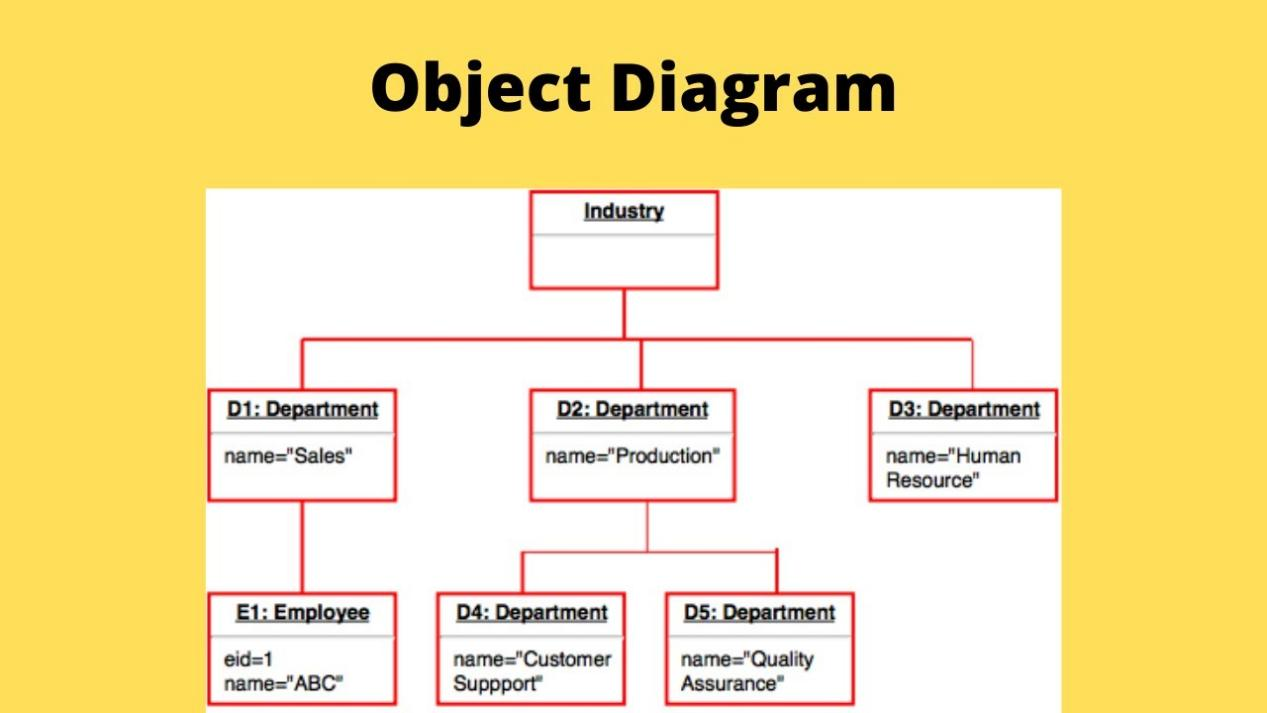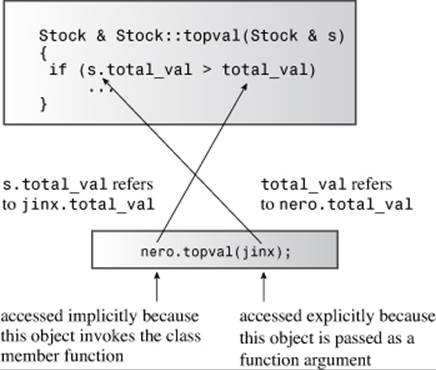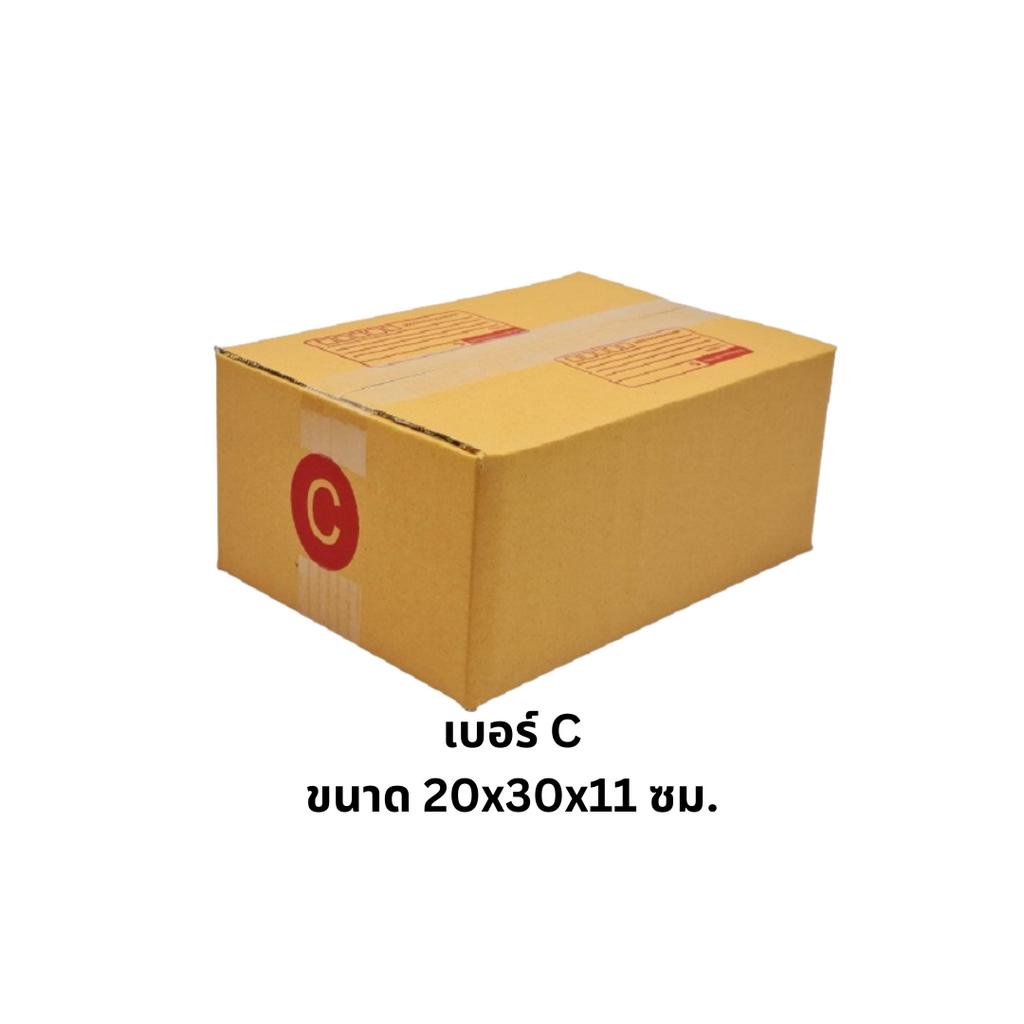
Create spaces with our architectural class & object in c++ explained in detail (+examples) unstop gallery of numerous building images. spatially documenting computer, digital, and electronic. ideal for construction and design documentation. Our class & object in c++ explained in detail (+examples) unstop collection features high-quality images with excellent detail and clarity. Suitable for various applications including web design, social media, personal projects, and digital content creation All class & object in c++ explained in detail (+examples) unstop images are available in high resolution with professional-grade quality, optimized for both digital and print applications, and include comprehensive metadata for easy organization and usage. Discover the perfect class & object in c++ explained in detail (+examples) unstop images to enhance your visual communication needs. Regular updates keep the class & object in c++ explained in detail (+examples) unstop collection current with contemporary trends and styles. The class & object in c++ explained in detail (+examples) unstop archive serves professionals, educators, and creatives across diverse industries. Time-saving browsing features help users locate ideal class & object in c++ explained in detail (+examples) unstop images quickly. Comprehensive tagging systems facilitate quick discovery of relevant class & object in c++ explained in detail (+examples) unstop content. Cost-effective licensing makes professional class & object in c++ explained in detail (+examples) unstop photography accessible to all budgets.








![Prove: |[a-b-c,2a,2a],[2b,b-c-a,2b],[2c,2c,c-a-b]|=(a+b+c)^3](https://static.doubtnut.com/ss/web/6558289.webp)











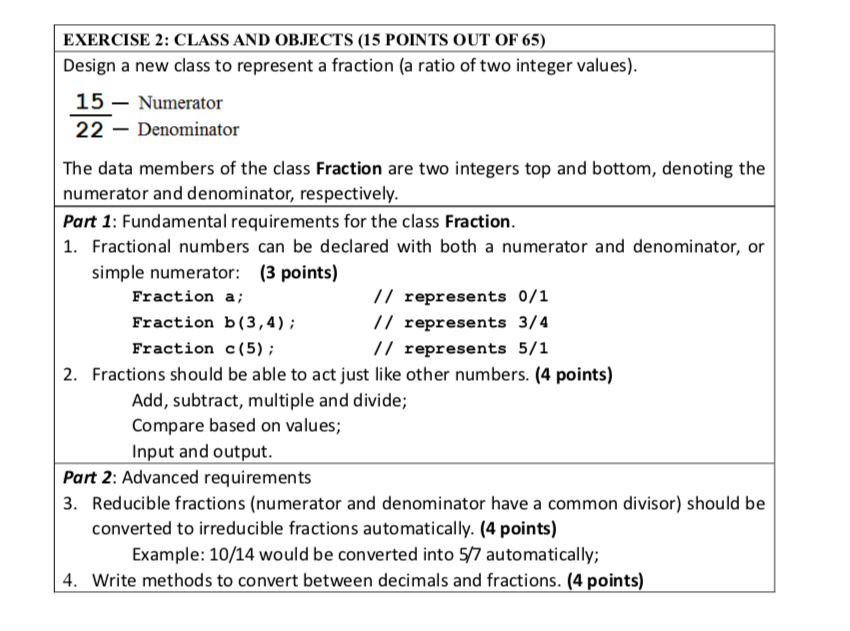
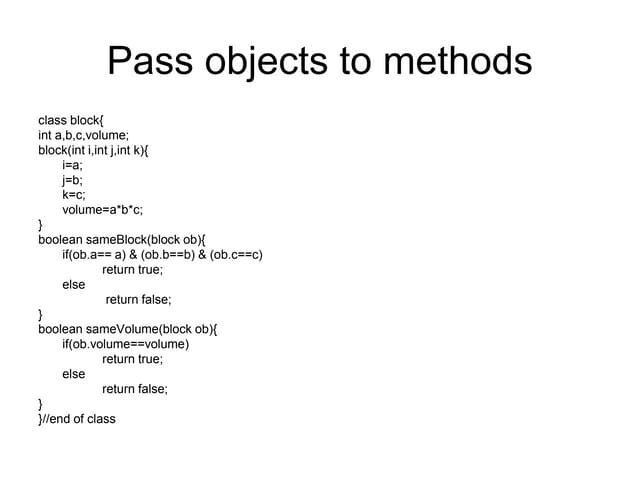

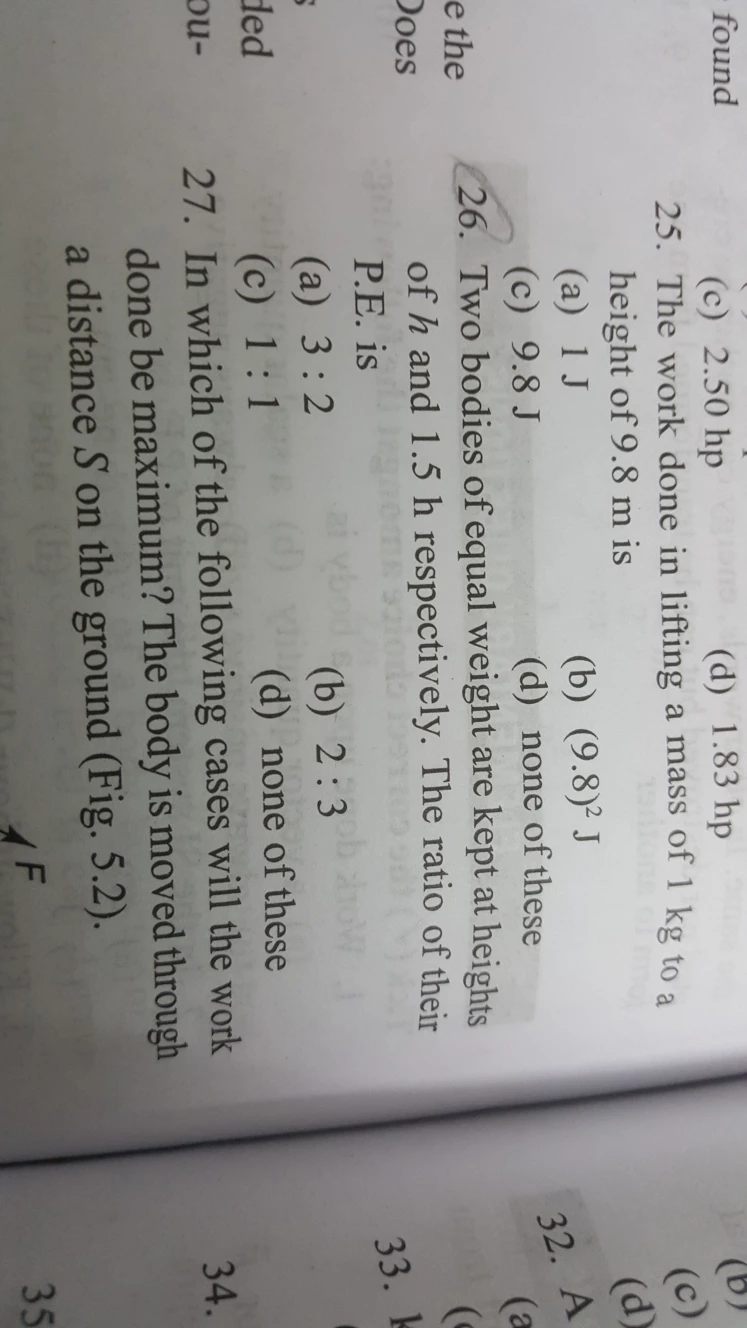




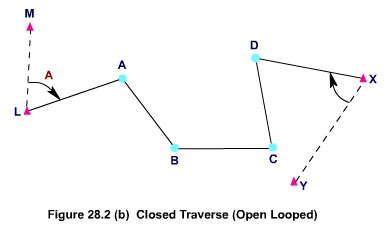

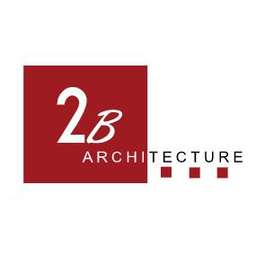




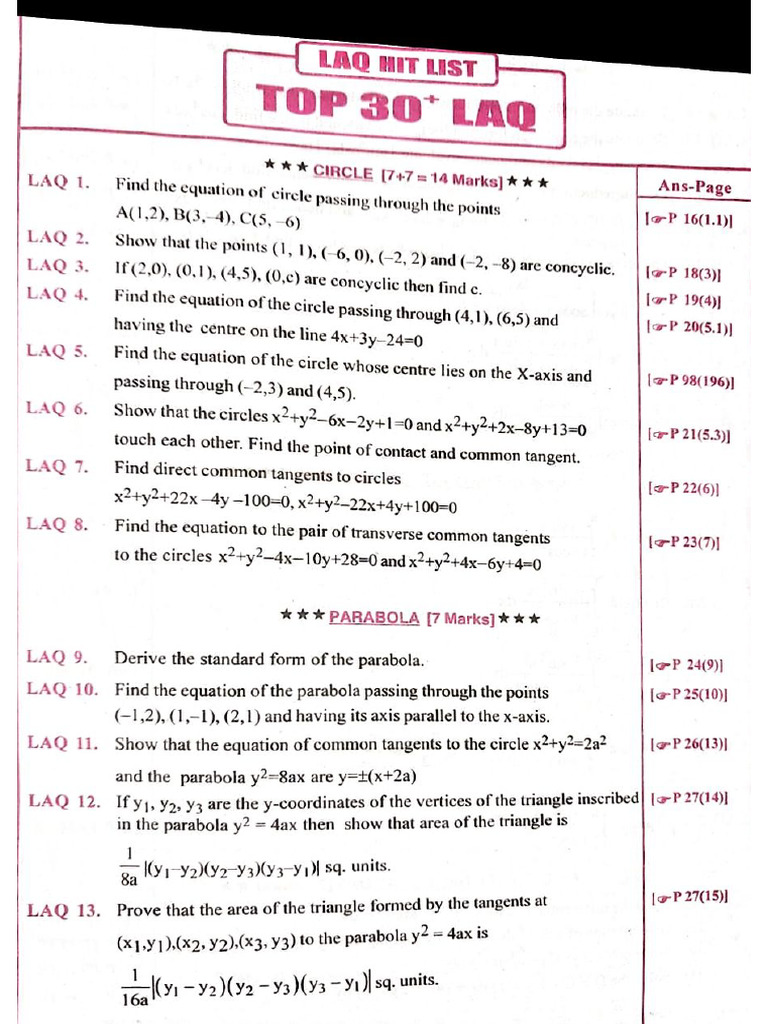












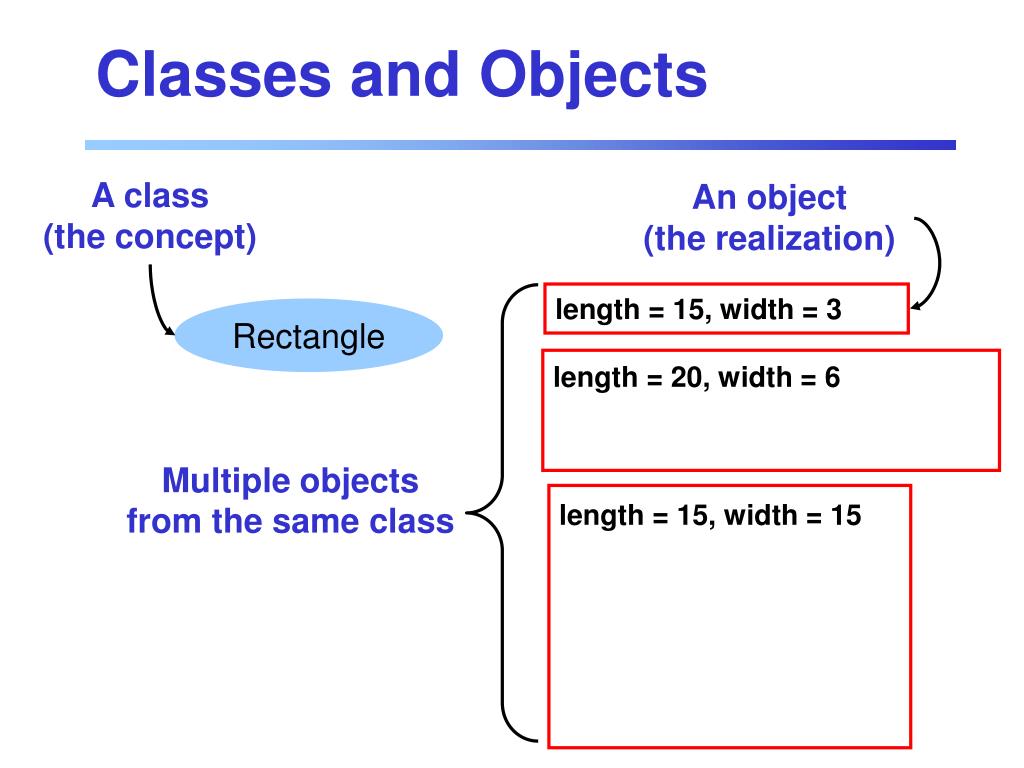
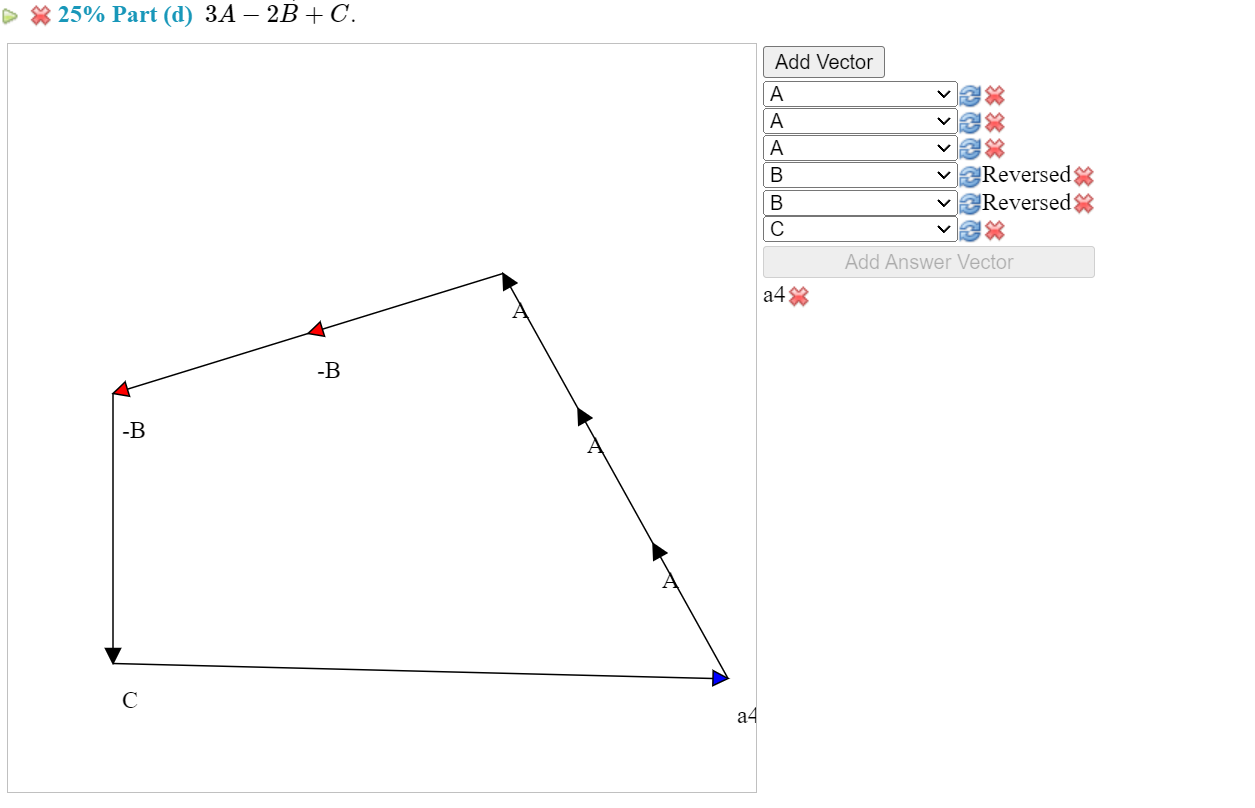

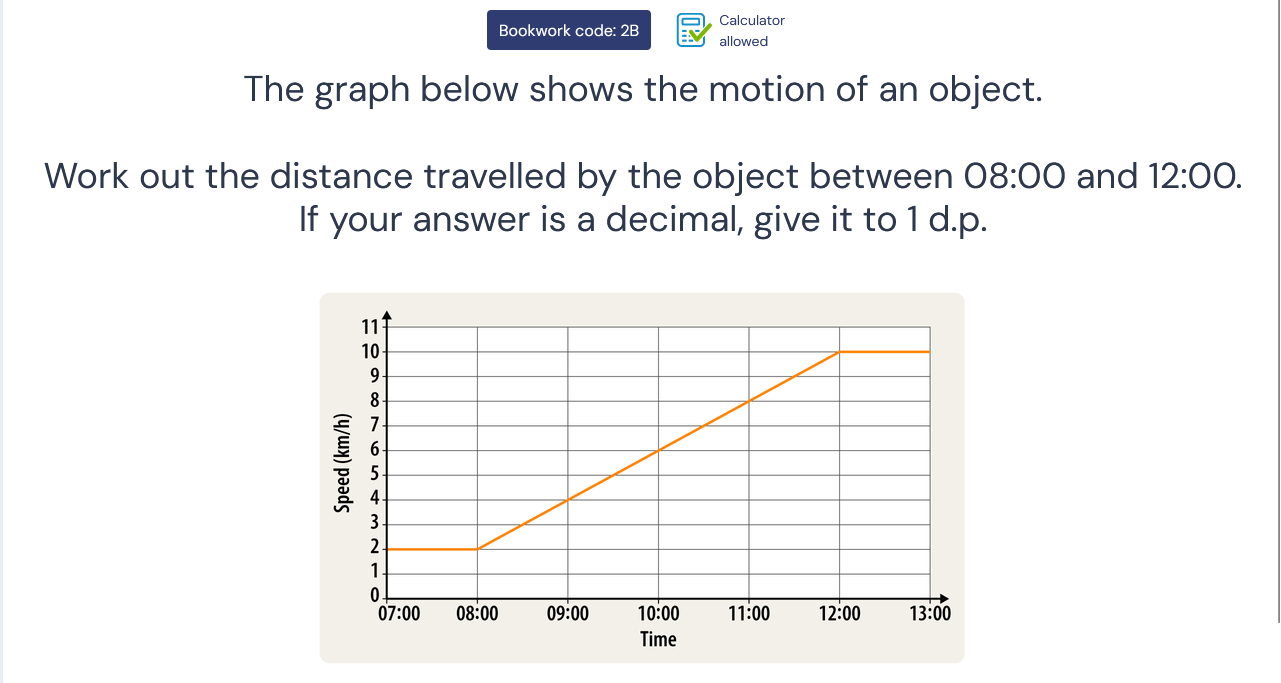


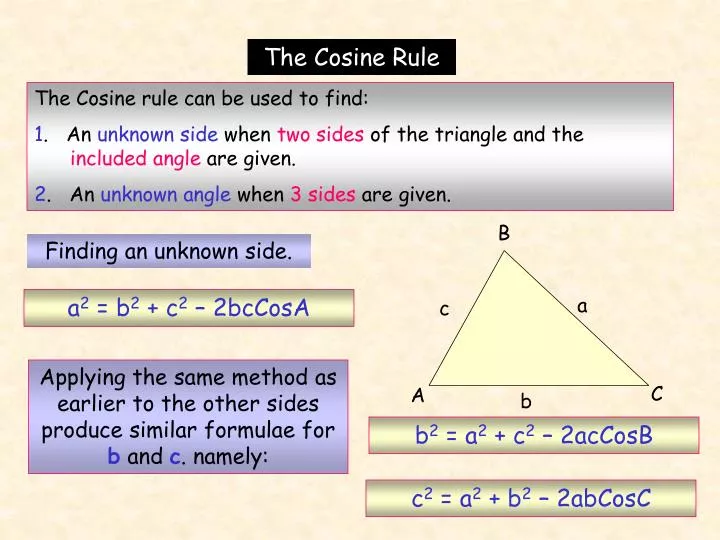
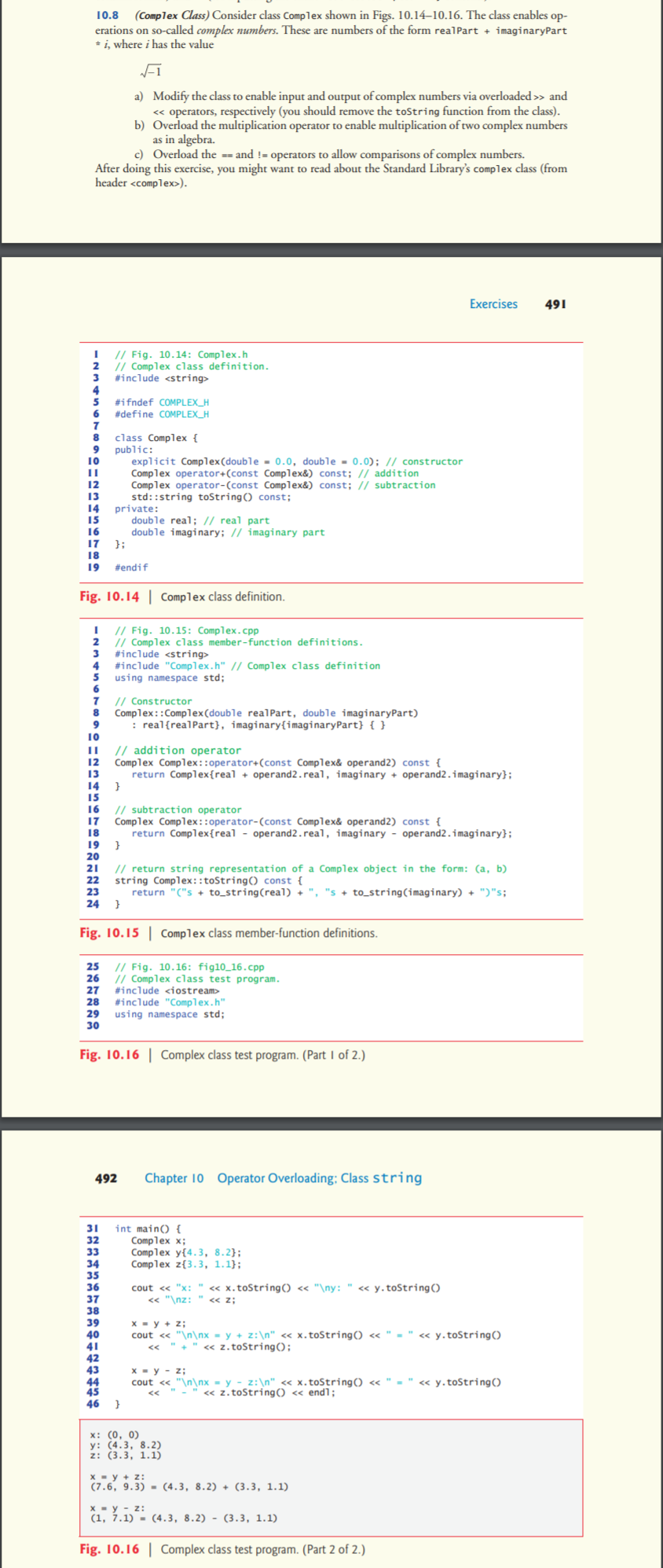




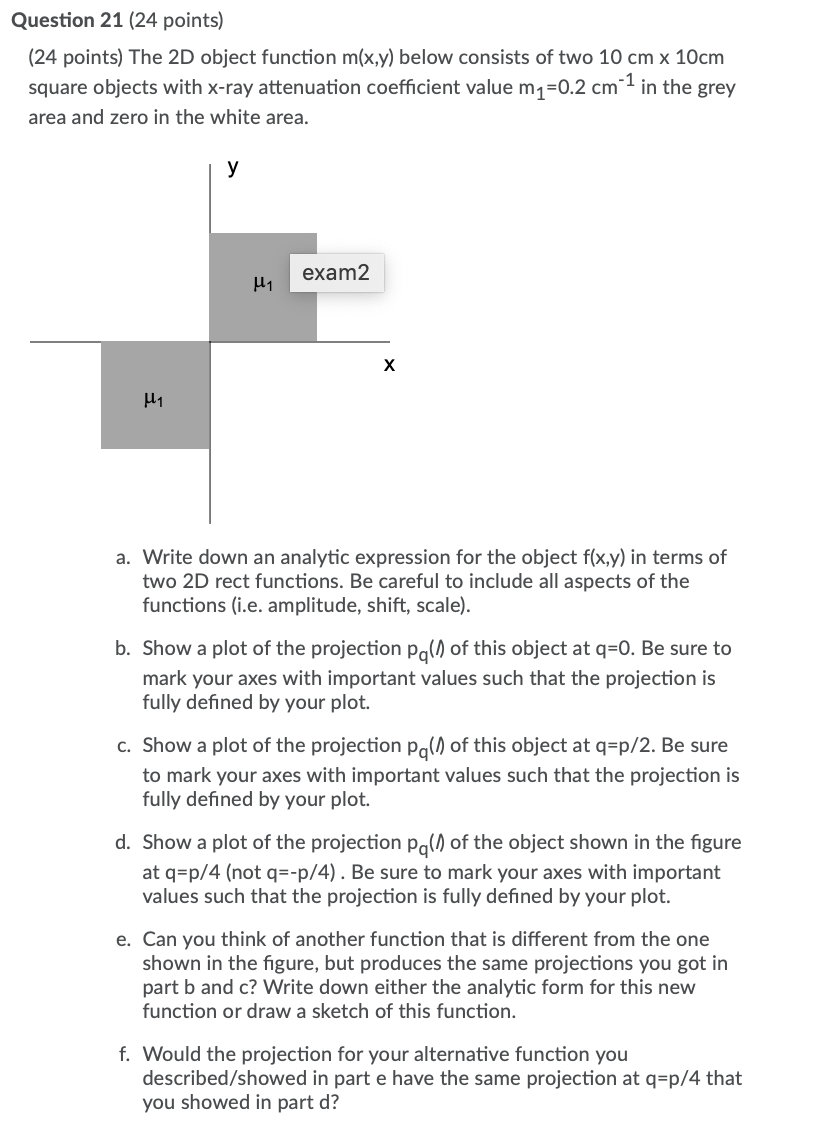

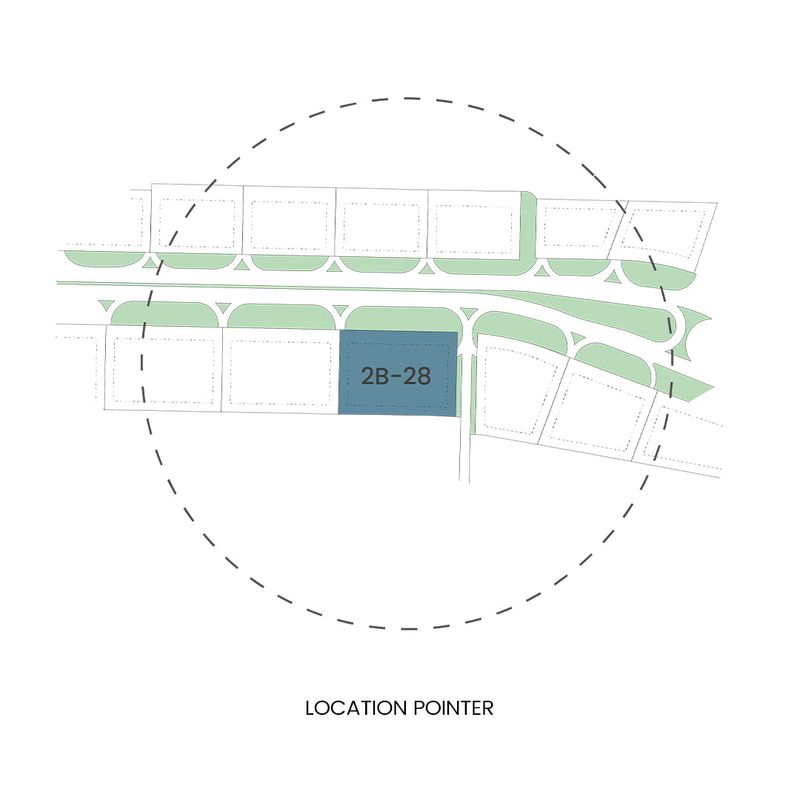


![Solved 1. 12] Which of the above two classes is the base | Chegg.com](https://media.cheggcdn.com/media/d20/d20cd101-8d01-4dd7-a9c6-f80c302d1cd5/image.png)
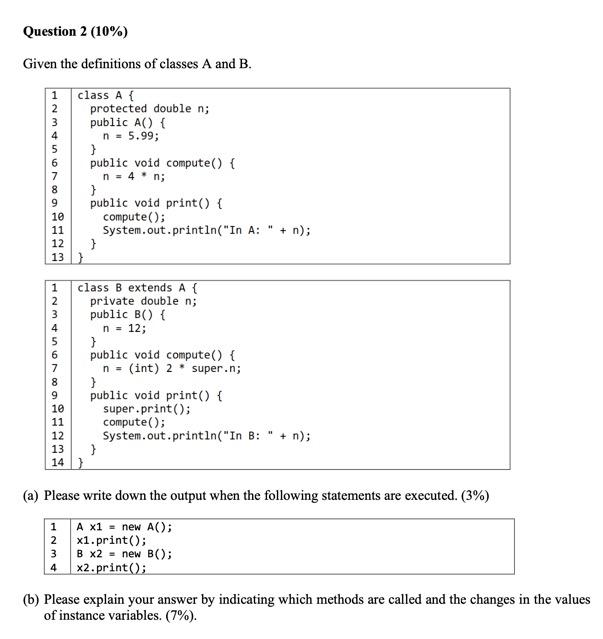




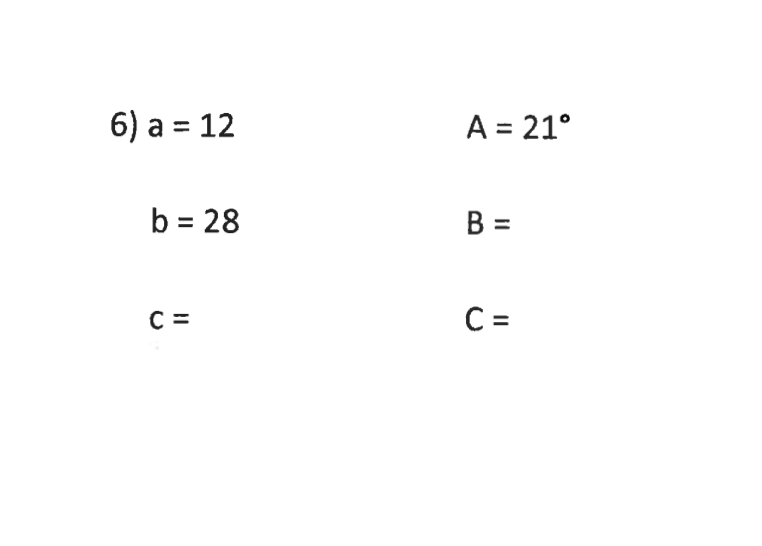

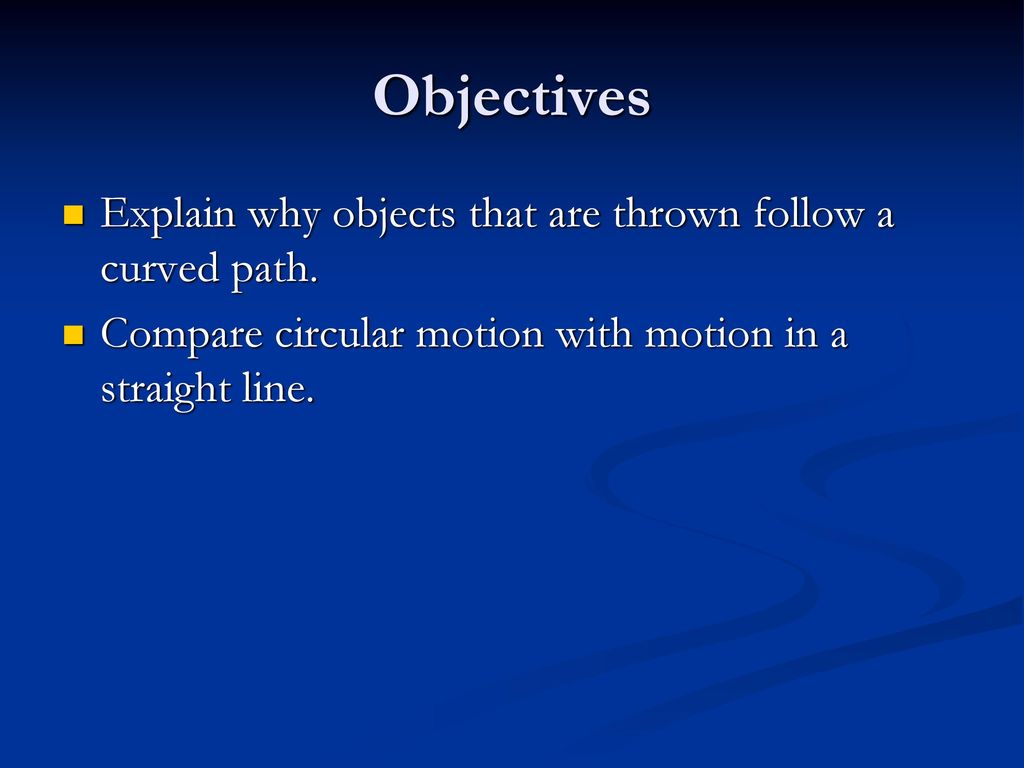








![સૂચિત ગુણાકાર ની ગણતરી કરો : [[a^2+b^2,b^2+c^2],[a^2+c^2,a^2+b^2]]+[[2](https://static.doubtnut.com/ss/web/9851551.webp)
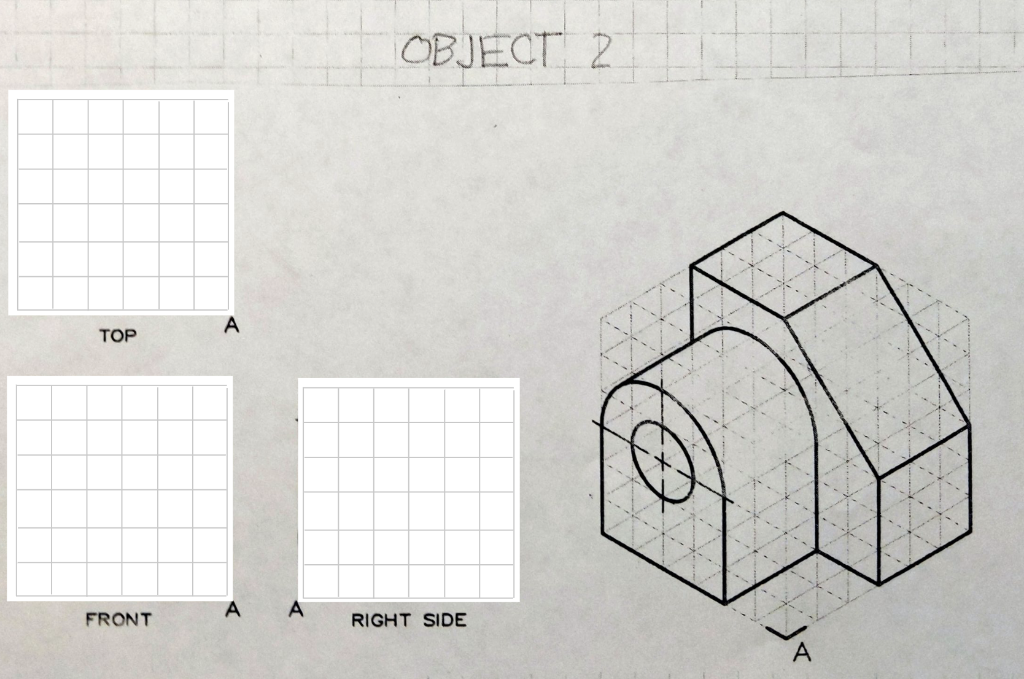














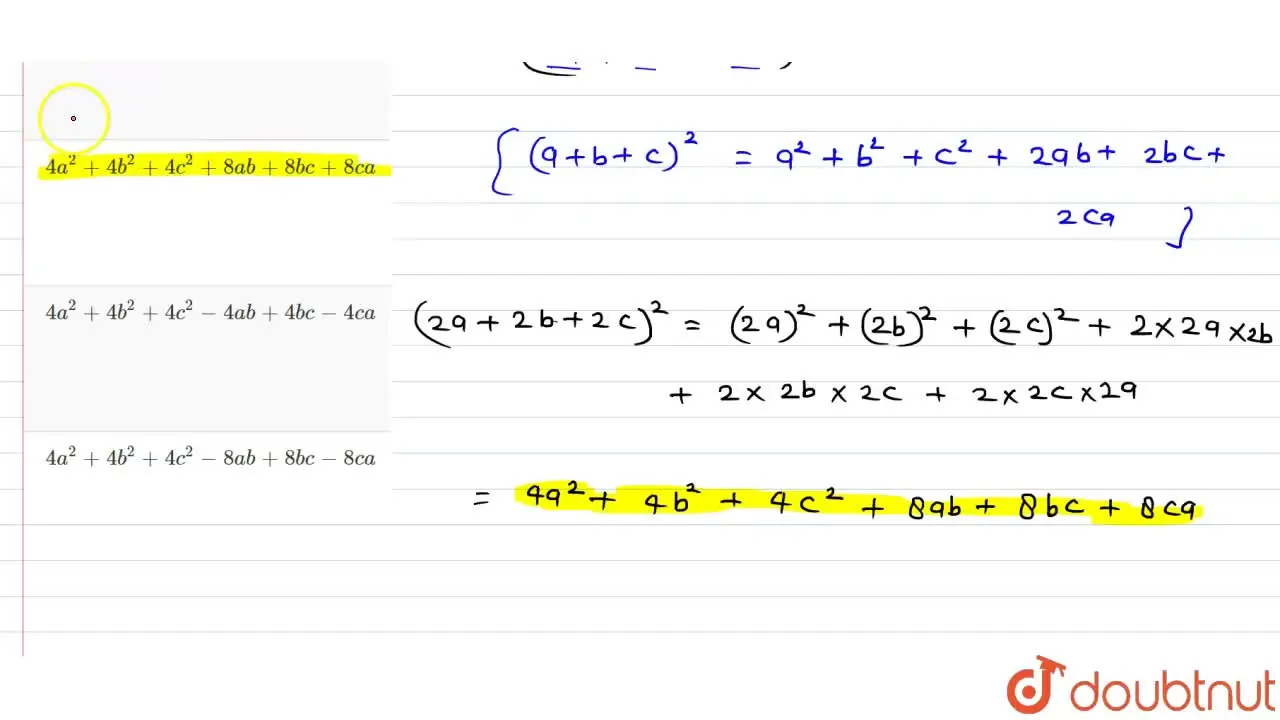


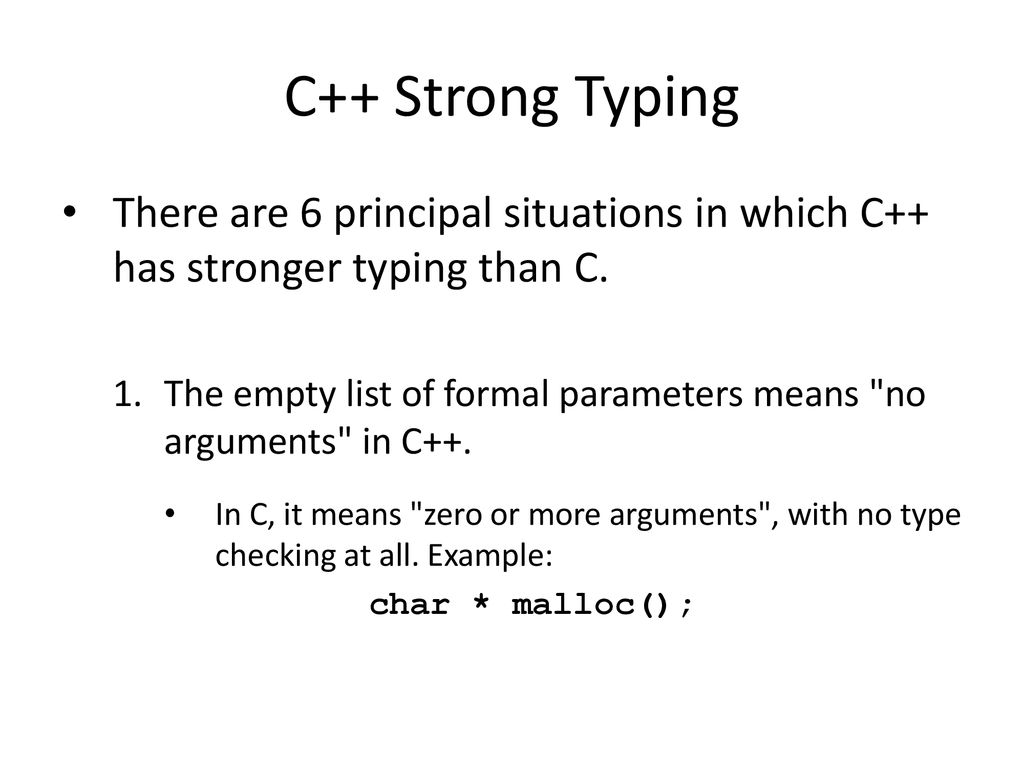

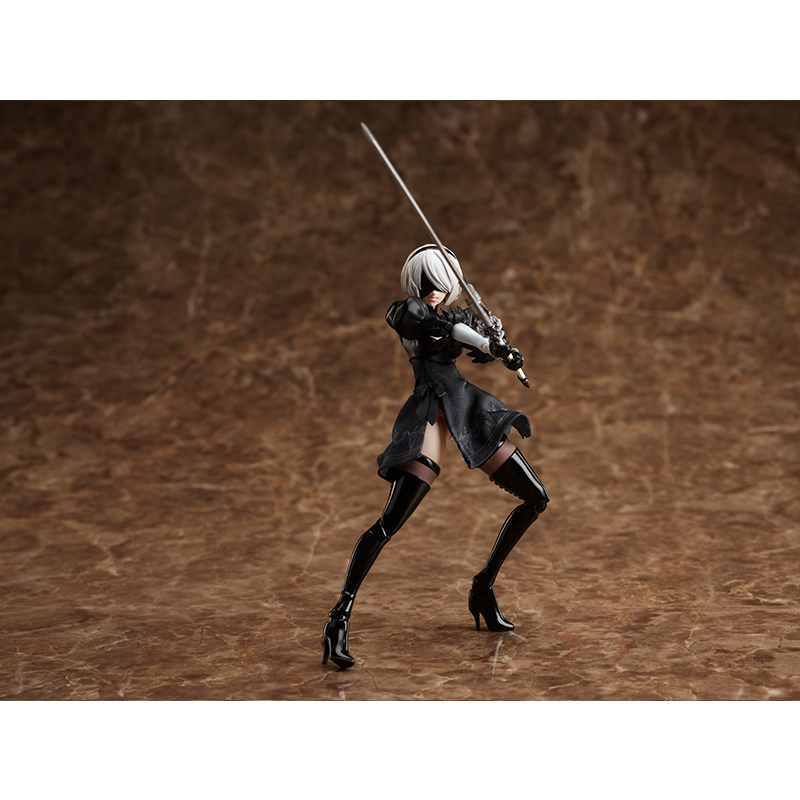



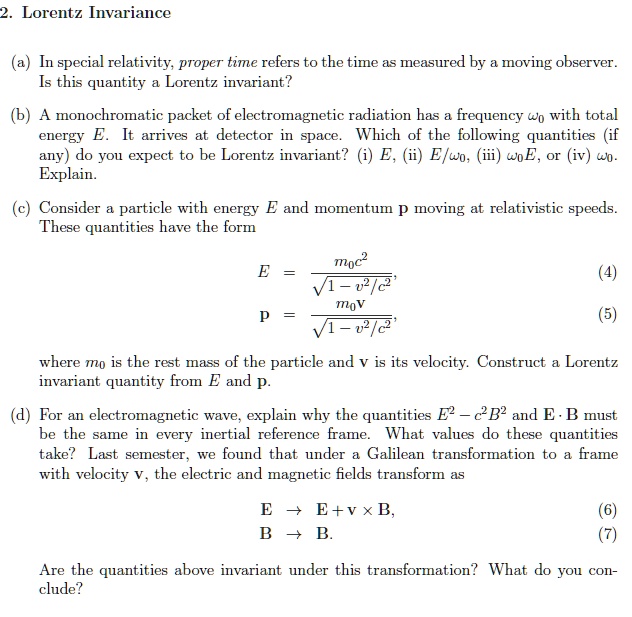

![[GET ANSWER] 135° (i) (ii) (iii) (iv) (a) Which of the four objects ...](https://cdn.numerade.com/ask_images/bc9f0806085a428d853f297d45d4d803.jpg)


